Using Sources
It is important to use a wide range of sources such as pictures, artefacts, music and sights. Children will use these to build up their enquiry thought and processes and to build up their understanding of past.
Sort by:
Date (Newest first) | Title A-Z
Show:
All |
Articles |
Podcasts |
Multipage Articles
-

Assessment and Progression without levels
ArticleClick to view -

Back to basics: using artefacts in the classroom
ArticleClick to view -

Back to basics: using maps in primary history
ArticleClick to view -

Britain's settlement by Anglo-Saxons and Scots
ArticleClick to view -
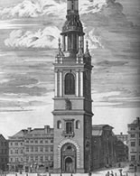
British History Online - Digital Resources
ArticleClick to view -
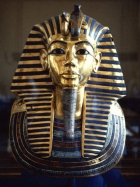
Case Study: Children's questions about historical pictures
ArticleClick to view -
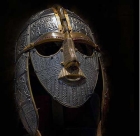
Case Study: Classroom archaeology. Sutton Hoo, or the mystery of the empty grave
ArticleClick to view -

Case Study: Creative chronological thinking
ArticleClick to view -

Case Study: Effectively using the census in the classroom
ArticleClick to view -

Case Study: Hit the net!
ArticleClick to view -

Case Study: Investigating a picture in Key Stage 1
ArticleClick to view -
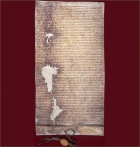
Case Study: Using Archives Creatively
ArticleClick to view -
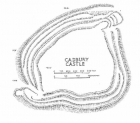
Case Study: Working with gifted and talented children at an Iron Age hill fort in north Somerset
ArticleClick to view -
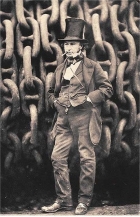
Case study 3: All hands on deck!
ArticleClick to view -

Celebrate your sporting heritage
ArticleClick to view -

Census of Ireland, Dublin 1911 - National Archives of Ireland
ArticleClick to view -

Changes in an aspect of social history from 1945 to 2000: youth culture
ArticleClick to view -

Children's thinking in archaeology
ArticleClick to view -

Churches as a local historical source
ArticleClick to view -

Creating a school museum
ArticleClick to view

